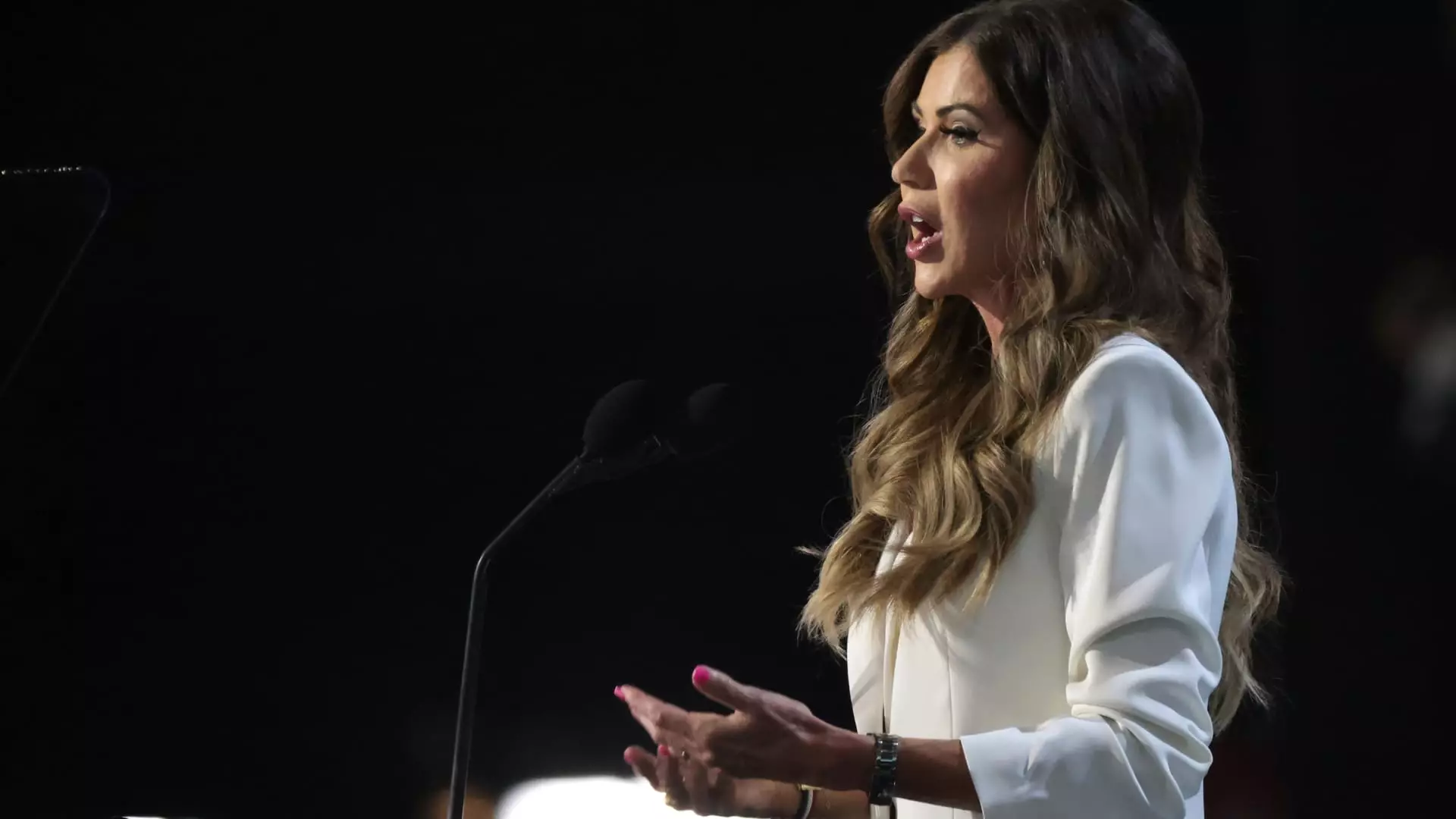In recent months, a notable shift toward energy efficiency initiatives has emerged across various states in the U.S. Following New York’s pioneering achievement in launching its energy rebate program in May 2023, several states have embarked on similar paths. This shift is largely influenced by the Inflation Reduction Act (IRA) of 2022, designed to promote sustainable energy practices and facilitate consumer access to funding for home upgrades. The IRA allocated a staggering $8.8 billion to support efforts aimed at reducing energy consumption, thereby encouraging individuals to enhance their energy-efficient home systems. The availability of rebates—up to $8,000 for home efficiency improvements and $14,000 for electrification and appliance upgrades—has generated optimism among homeowners regarding the potential for reduced utility bills and a smaller carbon footprint.
While the initiative has sparked widespread interest, not every state is onboard with these federal incentives. South Dakota stands out as an exception, having explicitly declined the federal funding—marking a clear divergence from the trend seen in neighboring regions. Such distinctive positions highlight the complexities involved in the rollout of energy reform programs and the varying perceptions among state officials.
The IRA strategically emphasizes local implementation, granting states the autonomy to craft their rebate programs according to specific community needs and resources. Although numerous states responded positively by either launching or expressing intent to initiate rebate programs, South Dakota’s rejection raises critical questions about administrative burdens and policy alignment. Officials in South Dakota, led by Jim Terwilliger of the Bureau of Finance and Management, expressed skepticism regarding the appropriateness of participating in what they characterized as part of a broader “Green New Deal.” Their stance illustrates a belief that the complexities involved may outweigh the potential environmental benefits, revealing a broader tension between state rights and federal environmental policy.
In contrast, states like Arizona, Maine, Rhode Island, and Wisconsin have already unleashed rebate initiatives, with many others—including California, Connecticut, and Florida—joining the fray. Florida’s journey in particular is noteworthy; initially resistant, they have now adjusted their approach to potentially embrace the rebates by early 2025. This evolution showcases how state priorities can shift in response to both public perception and evolving political landscapes.
Once states decide to adopt the rebates, implementing these programs involves multifaceted considerations. Parameters for eligibility vary significantly and are often based on household income or the anticipated energy reduction achieved through improvements. Such stipulations could inadvertently create disparities, privileging wealthier households who can leverage these programs more readily, while potentially sidelining lower-income individuals who might benefit the most from energy-efficient upgrades. As the program unfolds, states are tasked with navigating these complexities in ways that ensure equitable access to federal funds.
Moreover, communication between states and the Department of Energy (DOE) is crucial as the process evolves. So far, states have accessed about $4 billion in funding—this cumulative effort depicts a substantial commitment to environmental responsibility at the state level. Each succeeding federal program adds layers of regulatory nuance, which underscores the need for clarity and coherence in communication strategy.
As states begin to implement their rebate programs, homeowners eager to optimize their energy efficiency should stay informed. The DOE recommends that individuals pursue necessary upgrades even if their state has not officially rolled out rebates, as other federal and local programs could still provide financial support. Tax credits, the Weatherization Assistance Program, and utility-based incentives may also be viable options for those looking to improve home sustainability.
Individuals interested in capitalizing on these rebates can benefit from consulting their state energy department’s website for up-to-date information on eligibility requirements and available funding. States like New Mexico have already introduced programs focusing on insulation and energy-efficient appliances, presenting valuable opportunities for those willing to navigate the state’s guidelines.
The momentum created by energy efficiency rebate programs signifies a crucial step toward sustainability within the United States. Despite the setbacks noted in South Dakota, the overall national trend appears to favor a growing commitment to energy-efficient practices. As other states continue to formulate their approaches, it is clear that collaborative efforts between state and federal entities will be vital in achieving long-term sustainability goals. Consumers eager to make energy-efficient upgrades should remain proactive, aware of the shifting landscape, and ready to leverage the potential rebates available to them as more states roll out these essential programs.


Leave a Reply